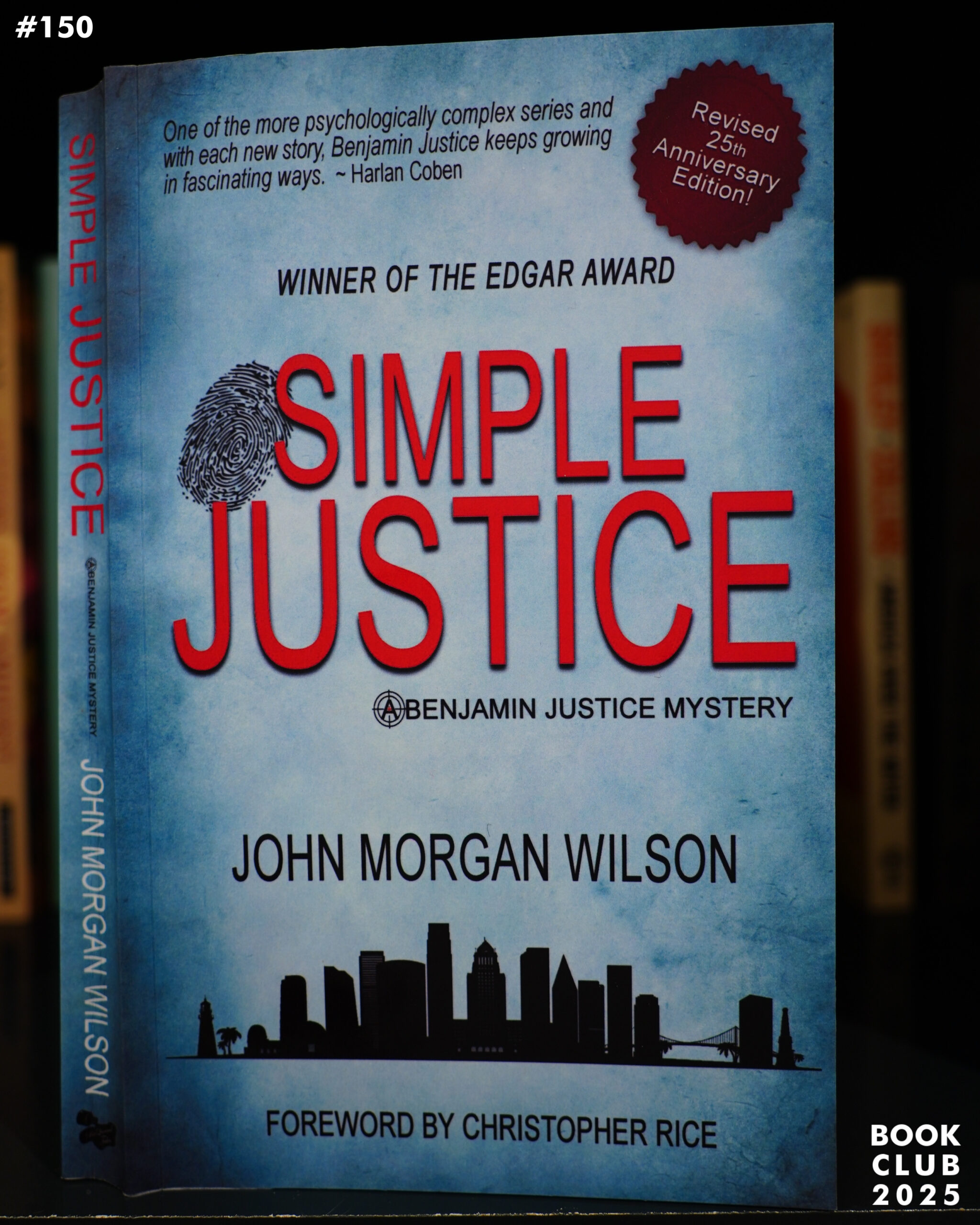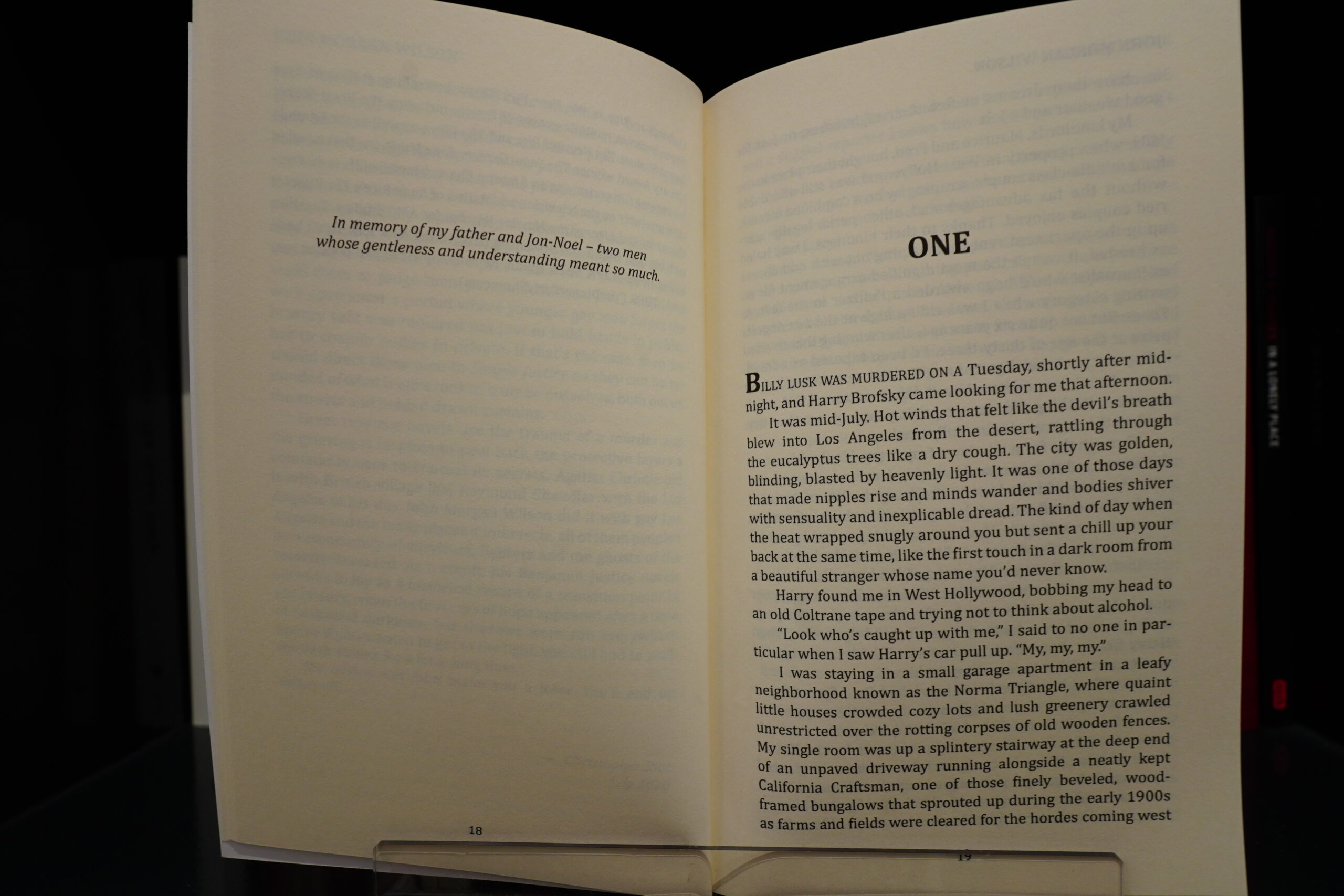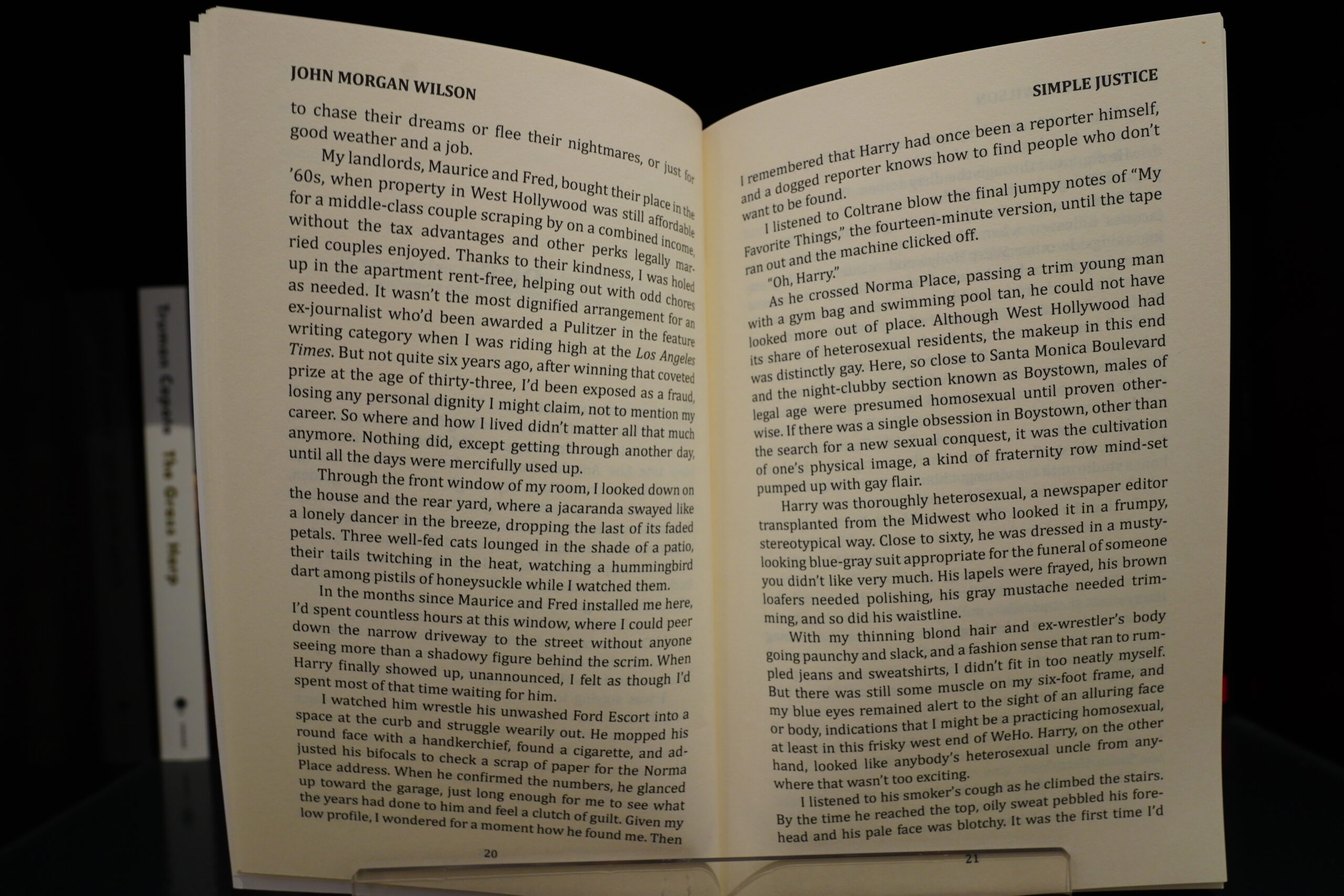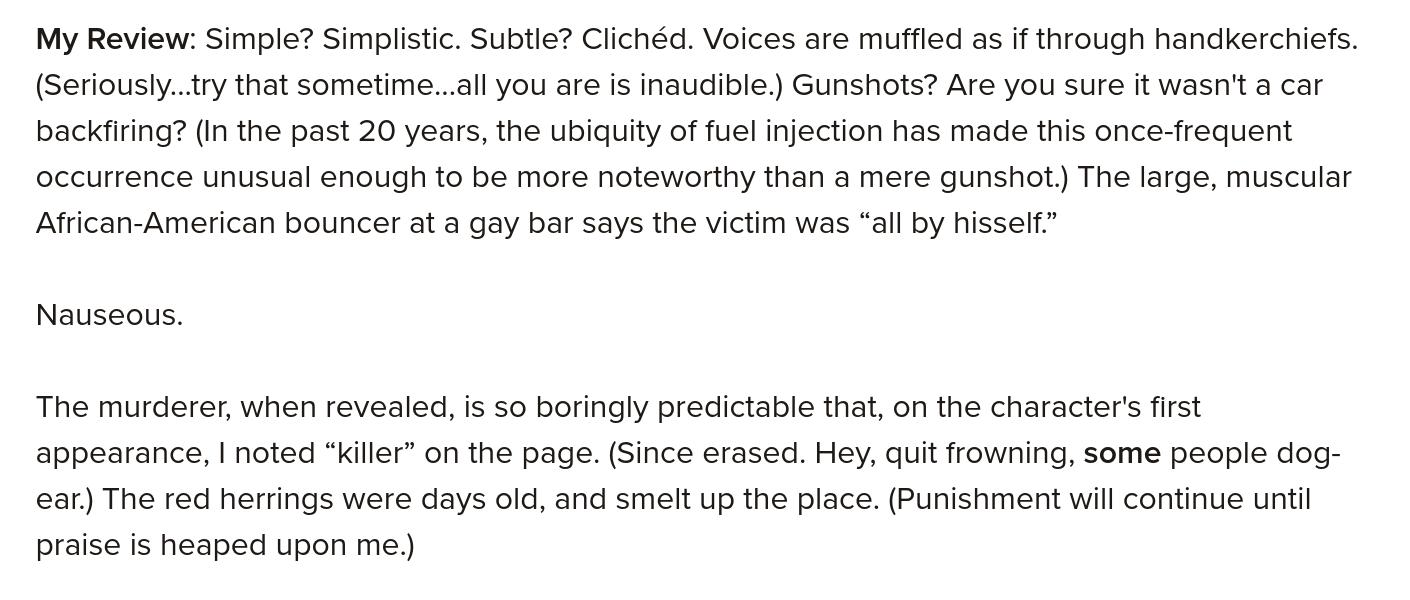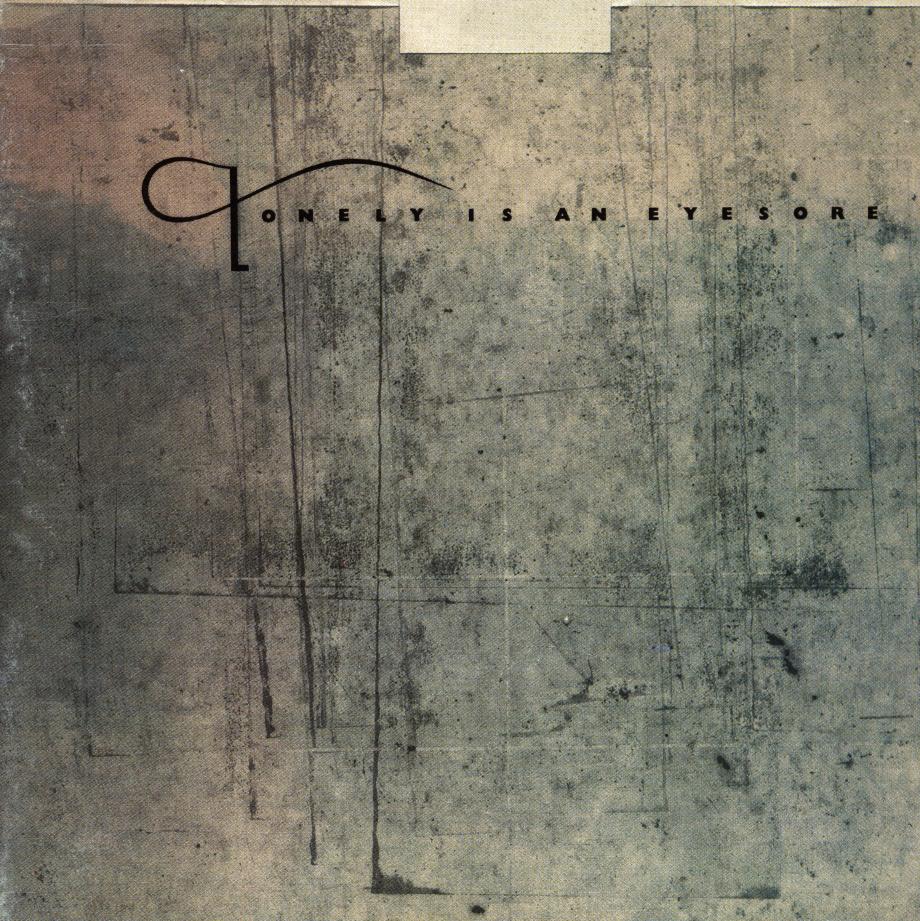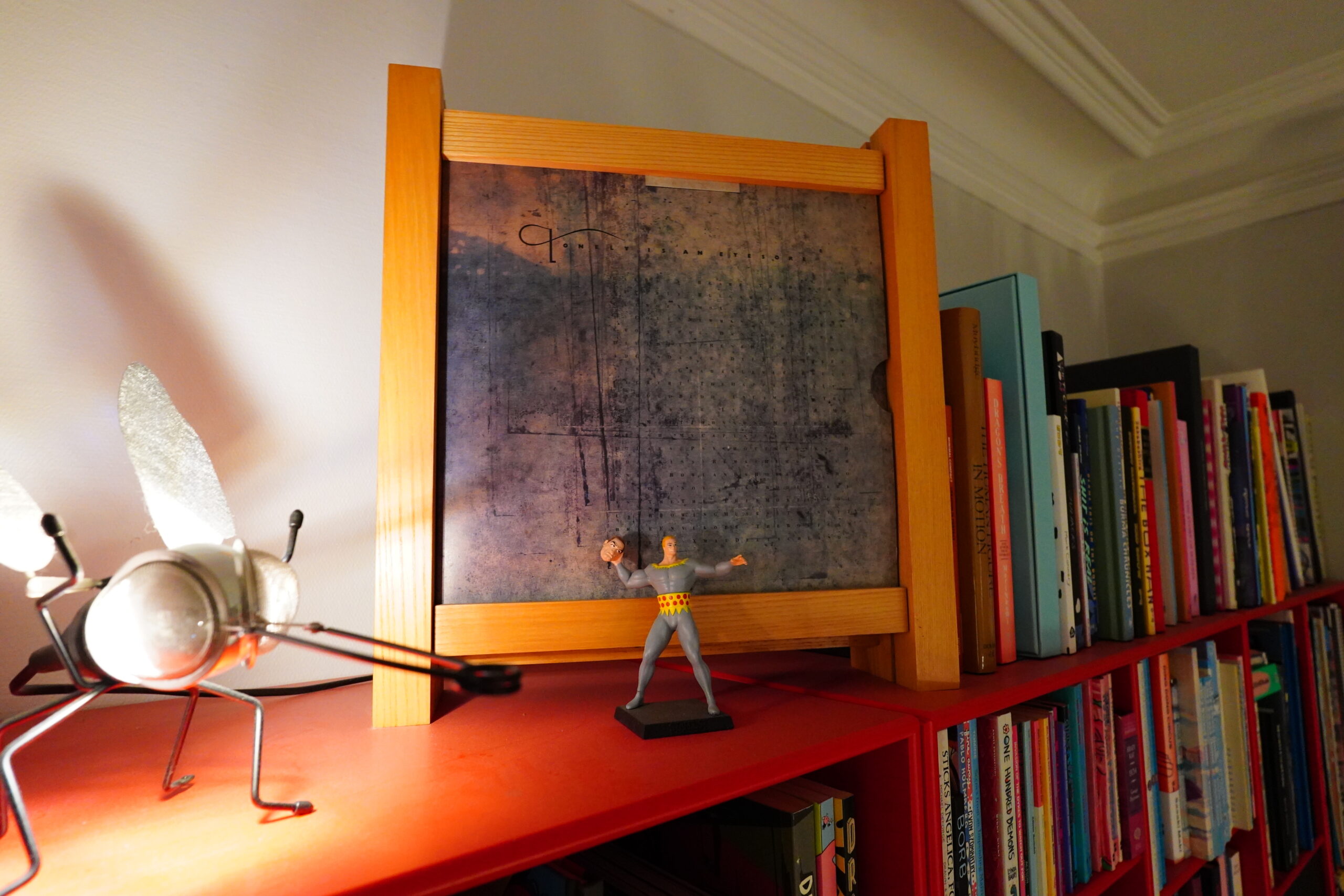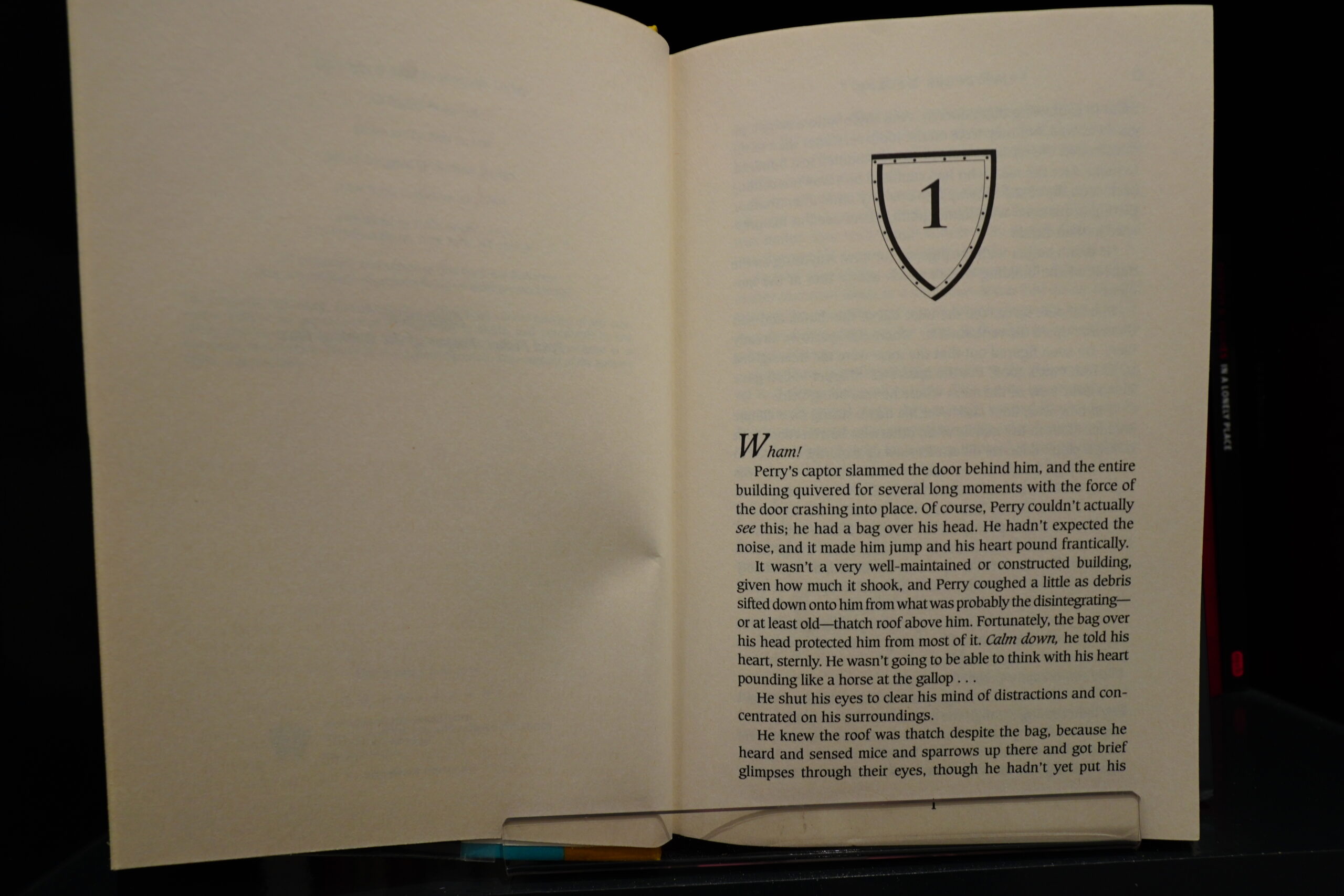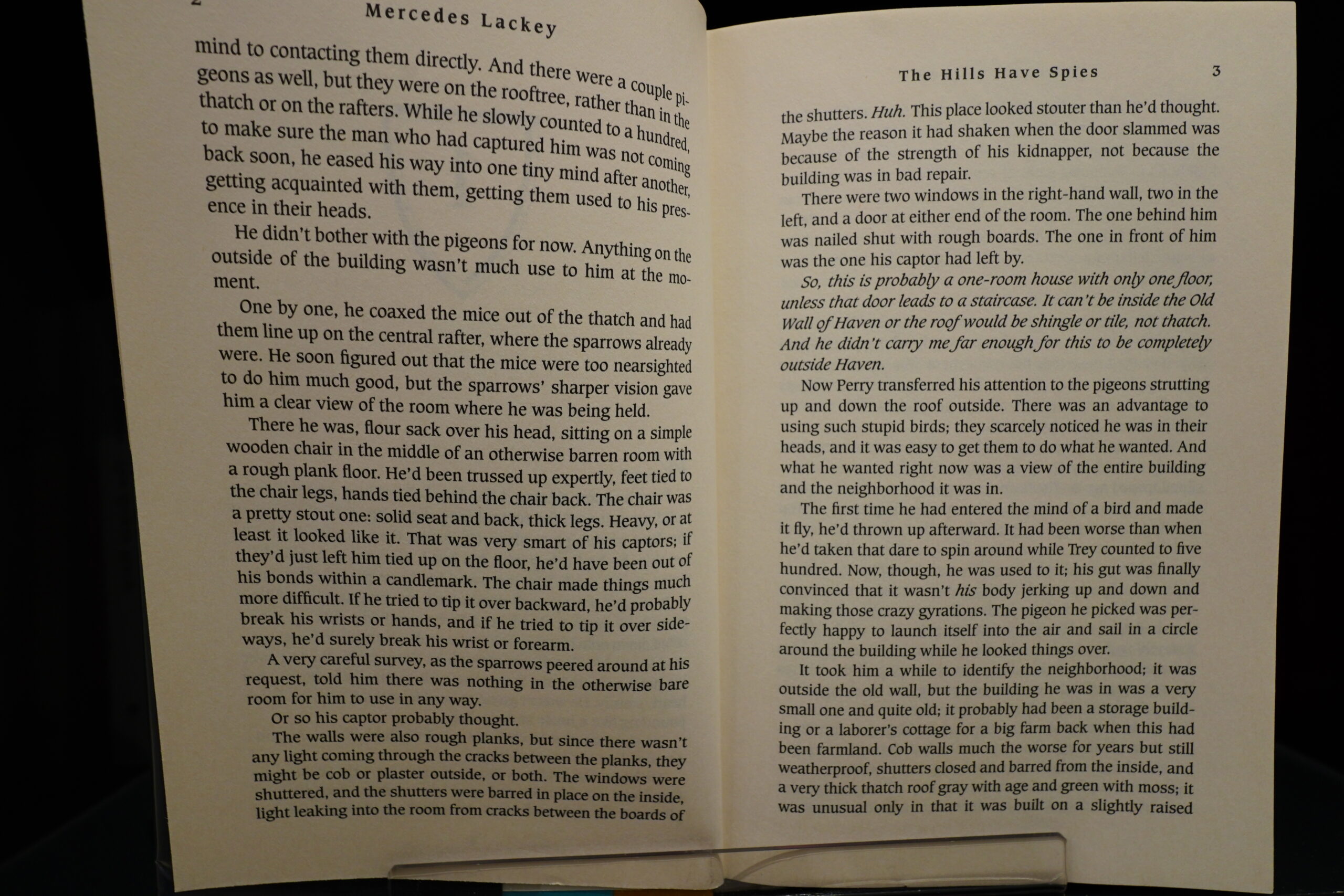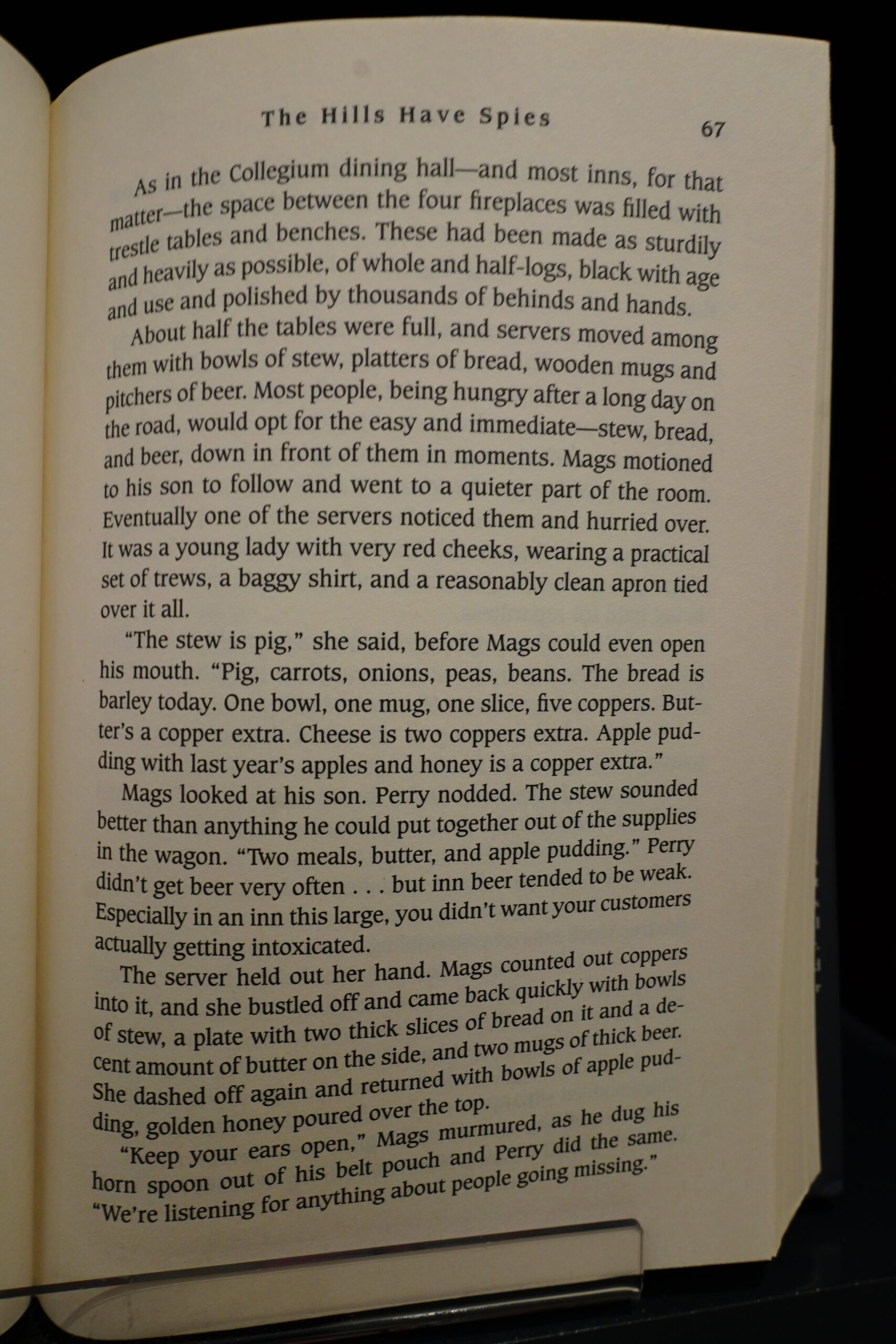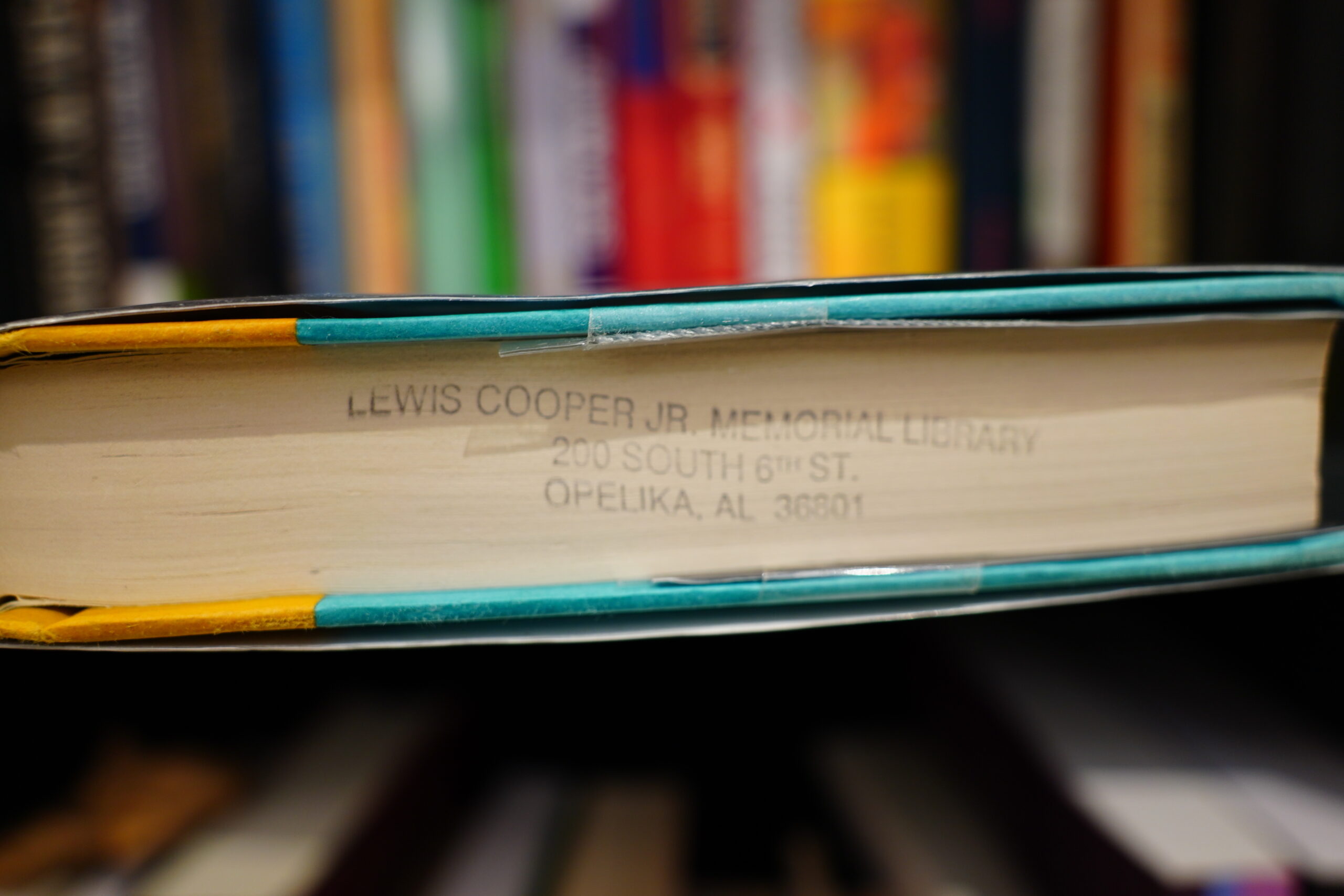I was going to read something else, but then I decided I wanted to read some junk instead, so here we are.
I was ready to ditch this book after the first three pages — they seem pretty overwrought and overwritten. But then the book evened out and before I knew it I was up to page 100 and I went “hm”.
It’s just an oddly structured book. Or rather, it’s got the structure of a bowl of suet: Our protagonist is a (disgraced, of course) journalist (with a very traumatic background, of course) who’s investigating a murder, so we get a lot of interviews. Totally normal. But the thing is that nothing seems to make much difference — we don’t really learn much of interest to the case in question, and there’s no mounting tension or anything that resembles an arc.
The protagonist gets a literal box of literal evidence pretty early on, but doesn’t bother to actually look at the contents, because… because in that box is the culprit, and it’s (to boot) the only culprit it could possibly be out of the characters we’re presented with. So basically everything the protagonist does — the interviews, the running around — it’s all pointless.
I’ve seldom read a mystery book where the mystery is handled this ineptly. And this won an Edgar award! (For best debut mystery.)
This very much reads like the first book somebody would write — or rather, it reads like the book before the first published one, because it’s just weird that the editors didn’t say “well, you don’t write badly (for the most part), so get back to us with your next novel”.
Then again, in the foreword the author says that he rewrote the book extensively in 2020. Perhaps it was better in the original version? Unless he totally changed the mystery itself, too, it’s hard to see how.
Simple Justice (1996/2020) by John Morgan Wilson (buy new, buy used, 4.15 on Goodreads)

